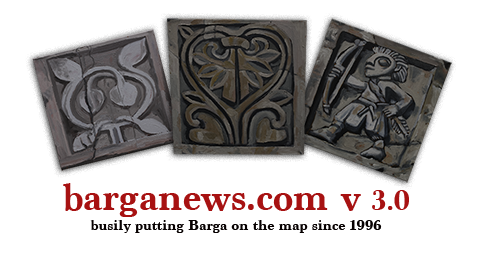With time their cultivation spread throughout the peninsula, because they were one of the few food crops that could be grown on steep mountain slopes, and also one of the few crops that could be expected to provide sustenance through the long winter months.
By the middle ages castagne were the staple food of the peasants in large parts of Italy.
In this area it has been the saviour of many people who otherwise would have starved when times got really bad and the sweet chestnut flour is still known to this day in Garfagnana as “poor mans flour”
Castagnaccio The classic sweet dish from this area made from chestnut flour
This afternoon I tried my hand at one of the most easiest and tastiest dishes from Garfagnana and Barga – Castagnaccio The classic sweet dish from this area made from chestnut flour
I sifted 250 g of chestnut flour (good quality chestnut flour from one of the local mills at Fosciandora in Garfagnana) into a large bowl with a good pinch of salt and slowly added 200 ml of water and 200 ml of milk – the added milk does change the taste and the colour of the final castagnaccio .. (the original recipe would have been just 400 ml of water)
I stirred the mix until it was a good liquid batter.
I preheated the oven to 180° and prepared with butter the inside of a large flat oven dish.
I poured the mixture into the dish and sprinkled on top, a good couple of handful of walnuts, some pine nuts, sliced orange rinds* and a few springs of rosemary.
A couple of teaspoons of olive oil sprinkled across the top and into the oven for 40 minutes.
Cut into slices and hey presto in less than 40 minutes from start to finish – Castagniaccio.
Ingredients
250 g of chestnut flour
200 ml of water
200ml of milk
walnuts
pine nuts
sliced orange peel
rosemary
olive oil
salt
* Ok so I cheated a bit with the sliced orange peel. To add just that extra hit of sweetness, I heated them briefly in a small pan in some of the juice of the orange and added two small spoons of sugar to caramelise them. Naughty I know.

